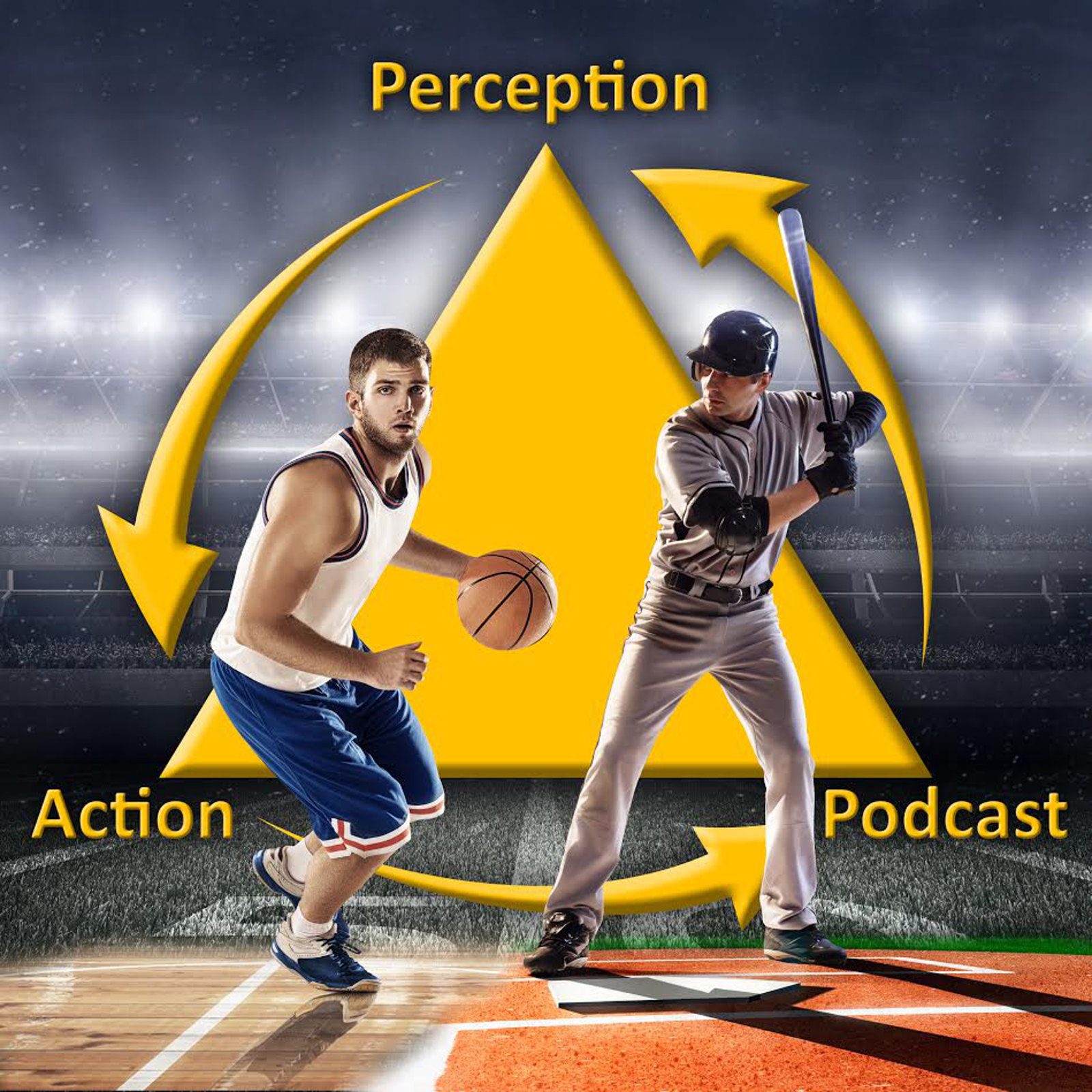The latest in skill acquisition and performance research from perceptonaction.com
-We all know that exercise is good for us for a multitude of reasons. But one of lesser known ones is that it seems to help us learn new motor skills more effectively. Adding to this growing body of literature is a recent study by Chen and colleagues published in the journal eNeuro. In traditional views of skill acquisition, we separate declaration knowledge (your conscious factual knowledge about the world, for example that bicycle has two wheels) from procedural knowledge (your knowledge about how to do things like ride the bike). An interesting finding from previous research is that doing a task that requires using declarative knowledge right after a skill training session can interfere with the consolidation of proceduralized knowledge in memory, essentially wiping away your motor learning gains from practice. For example, doing a language rf numerical task post training can interfere with learning an eye-coordination task. In this new paper, the authors found that if participants did a 20 min bout of cardiovascular activity between eye-coordination training and a verbal task there was no interference, and the gains from the training of the skill preserved. So, if you have to go to a night class after batting practice, maybe run a few laps in between.
-Does the type of dirt below our feet during a sports practice matter? In a word. Yes. In a new study published in the European Journal of Sport Science, Crowther and colleagues examined the effect of the environmental constraint of the type of soil on the bounce and spin of a cricket ball. In particular, they compared an international pitch with high sand content versus an Australian pitch with low sand content using a ball projection machine. There main finding was that with higher sand content there was a slower pace and large deviation after ball-ground contact. This also depended a lot on the spin of the ball. I think this type of work is an important step that can be applied to lots of different sports where surfaces vary from location to location including cricket, tennis, soccer, baseball and football. By understanding how environmental factors like type of dirt interact with the task constraints (like the spin and bounce of the ball) we can create more representative designs in training and even perhaps prepare athletes for unusual environments (like Rolland Garros in tennis) by recreating the key effects in practice.
-Finally today, there is interesting looking online event running from July 16-20 called the Embodied Movement Summit. From the website: “Rediscover the joy of movement. Go behind the scenes with 20+ world class movement experts to revitalize your practice”. The lineup looks top class. Participating speakers I have personally heard before include Nick Winkelman and Todd Hargrove. So, if you haven’t had your fill on online content over past few months, definitely check it out.
-That’s the latest from the world of skill acquisition. Find links to the articles I mentioned today on my blog page and learn much more by subscribing to the Perception & Action Podcast at perceptionaction.com. Have a great day and keep ‘em coupled.
To enable the news briefing on your echo:
Go here: https://www.amazon.com/dp/B08CZ8Y2T2
OR
-From the Alexa app on your phone go to settings by pressing the three little lines in the top left
-Go to Skills & Games
-Search (magnifying glass in top right) for “Skill Acquisition News”
-Click Enable to Use
-Say: “Alexa, what’s my Flash Briefing?” (Note, this will play any other news items you added too).
